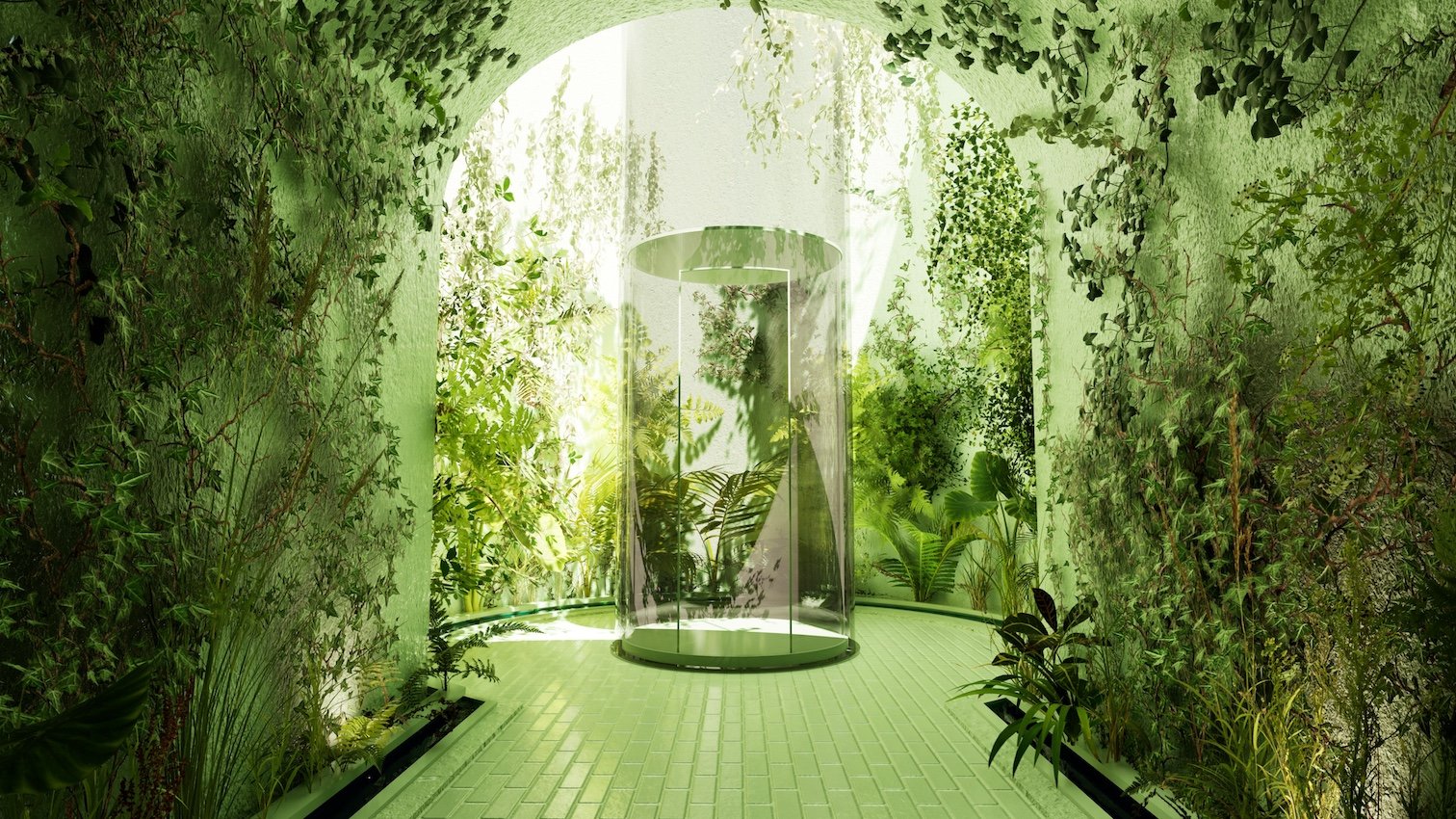In the intricate dance of preserving architectural heritage and embracing nature, Nick De Klerk demonstrates how biophilic design can breathe new life into existing structures, transforming historic spaces into vibrant, living environments that honour their past while addressing contemporary challenges. By reimagining buildings as interconnected ecosystems - much like a forest where every element plays a crucial role - Nick shows how sensitive restoration can create transformative spaces that reconnect people with nature, history, and community. Nick embraces the biophilic transformative approach to design that reconnects humans with their fundamental need for natural environments. "Access and proximity to nature are a basic human need," Nick emphasises, drawing from his childhood experiences growing up close to nature.
Biophilic design is about creating moments of awe, surprise and wonder. Nick describes these as "unexpected transitions" that take your breath away - moving from a constrained, dark space into a light-filled, plant-abundant area that immediately transforms your sensory experience. These moments of awe are critical, creating what he calls a "transformational experience" where people don't just occupy a space, but are fundamentally changed by it.
We also talk about how we can preserve Heritage while embracing nature. The key to sustainable design lies in respecting existing structures. "The greenest building is one that already exists," Nick quotes, highlighting Purcell Architects' philosophy of working with heritage buildings. Their approach isn't about wholesale replacement, but sensitive enhancement - improving thermal performance, integrating natural elements, and maintaining the building's historical character.
I wanted to explore also, the hotel concept they created for HIX, the Hotel Interiors Experience trade show. Nick and his team developed a concept around the idea of integrating food production, sustainability, and hospitality within a historic agricultural hall. They imagined this beautiful historical building transformed into a living, breathing space where guest rooms overlook a lush interior landscape. Vertical farming, natural light, and community spaces merge to create an environment that reconnects people with food production and natural cycles creating not just a sensory experience but also a community connection. It's about creating spaces that are "not just practical, but experiential" - where texture, light, and living elements combine to create profound human experiences. "People want to learn something or feel they've benefited from a space," he explains.
When asked to imagine a world transformed by biophilic design, with a “magic brush of Biophilia” Nick's vision is profound. Cities reimagined as forests, where every element plays a crucial part in sustenance and survival. Not just literally with more trees, but metaphorically - creating interconnected, diverse, and mutually supportive environments.
This approach isn't just about aesthetics. It's about recognising our deep, intrinsic connection to nature and creating spaces that allow humans to truly flourish. Biophilic design isn't a trend - it's a return to understanding our fundamental relationship with the natural world. As we face increasing environmental and health challenges, design can be a powerful tool for reconnection, sustainability, and hope.
To watch the video with Nick de Klerk and Shida Salehi, Founder Customs Bureau and Yasmin Saad interior designer from Customs Bureau on the HIX Glass House Urban Retreat concept: https://vimeo.com/1023008814/ba6c8c1448
The HIX Interview ahead of the event: https://www.hixevent.com/news/hix-co-present-hotel-bdc-purcell-x-glass-house-urban-retreat
** During the London Festival of Architecture, Nick De Klerk will be leading a tour on Sunday, June 14th that explores the Victorian industrial heritage of the area around the Business Design Centre (formerly the Royal Agricultural Hall).
The tour will include several stops that highlight historical urban contexts and connections, such as: Postman's Park - a site of historical wellness with a beautiful water source; Angel area - exploring the high pavements that were originally designed to separate pedestrians from livestock being driven to Smithfield Market, Ending at the Business Design Centre (Royal Agricultural Hall)
The tour is based on the HIX project concept and aims to engage the wider public with architecture, while exploring hidden urban histories and how historical spaces can be reimagined. Plus you’ll learn insights into the area's rich industrial and social heritage.
The London Festival of Architecture is valuable because it focuses on people who use buildings, not just professionals who design them. The tour will offer refreshments and an opportunity for the public to interact directly with architects and learn about the urban landscape's history and potential future.
To join the London Festival of Architecture walk that Nick is organising see the LFA website: https://www.londonfestivalofarchitecture.org/event/islingtons-business-design-centre-past-present-and-future/
Purcell’s news piece on the HIX installation: https://www.purcelluk.com/news/purcell-idle-and-wonder-and-customs-bureau-to-pres/
Design Insider's review of the concept in their 2024 Trend Report (pages 26-27): https://www.purcelluk.com/news/purcell-idle-and-wonder-and-customs-bureau-to-pres/
For more information on Purcell visit: https://www.purcelluk.com
To read the Hotel issue visit: https://journalofbiophilicdesign.com/shop/journal-of-biophilic-design-issue-11-hotels-leisure-ebook-version
If you like this, please subscribe!
Have you got a copy of the Journal? You can now subscribe and become a member of the Journal of Biophilic Design or purchase a copy of the Journal journalofbiophilicdesign.com or Amazon.
Watch the Biophilic Design Conference on demand here www.biophilicdesignconference.com
Credits: with thanks to George Harvey Audio Production for the calming biophilic soundscape that backs all of our podcasts.
Listen to our podcast on Audible, Amazon Music, Spotify, iTunes, YouTube and all the RSS feeds.
Facebook https://www.facebook.com/journalofbiophilicdesign/
Twitter https://twitter.com/JofBiophilicDsn
LinkedIn. https://www.linkedin.com/company/journalofbiophilicdesign/
Instagram https://www.instagram.com/journalofbiophilicdesign



